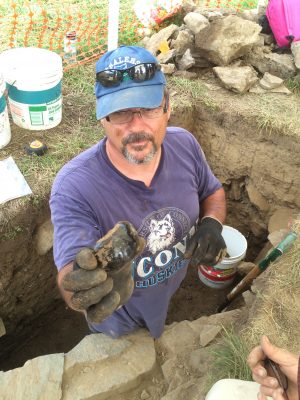
The Hollister Site, South Glastonbury
The Hollister Site is located in South Glastonbury, Connecticut. The site was identified in 2015 and ongoing excavations have established that this is one of Connecticut’s most significant historical sites, reflecting two generations of early colonial settlement along the Connecticut River between 1650 and 1710.
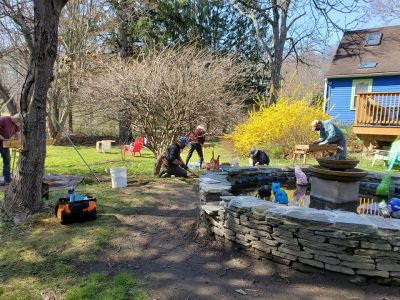
The Two Wrasslin’ Cats Paleoindian Site, East Haddam
The archaeological research at the Two Wrasslin’ Cats Site is part of a growing list of recent and ongoing projects at Paleoindian sites in Connecticut. The site was discovered in 2020 when avocational archaeologist Mark Clymer was drinking coffee in the backyard of the Two Wrasslin’ Cats coffee shop in East Haddam. Mark looked down and spotted a piece of stone tool-making debris on the ground. This discovery initiated a series of small archaeological investigations on the coffee shop grounds, led by the Office of State Archaeology with Mark Clymer, FOSA and other volunteer excavators. The excavations uncovered artifacts that reflect a typical Paleoindian toolkit, including rebased fluted points, endscrapers, gravers, and channel flake fragments, all of which are were made on high quality stone materials from New York.
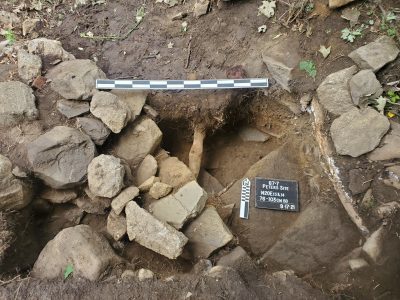
The Cesar and Sim Peters House, Hebron
The Cesar and Sim Peters House Site, in the Town of Hebron was the early 19th-century home of the free African-American Peters family. The family was freed in 1789 and purchased the home, which sat on two acres of land, in Hebron around 1806. Archaeological testing by the Office of State Archaeology, carried out with the Friends of the Office of State Archaeology, recovered artifacts related to the over 200 years of occupation at the site and provided information about the architecture and site organization. To learn more about the history of the Peters family and the archaeological investigation, check out this article, Archaeological and Historical Research at the Cesar and Sim Peters House Site written by historian John Baron and State Archaeologist Sarah Sportman and published in the Bulletin of the Archaeological Society of Connecticut in 2021.
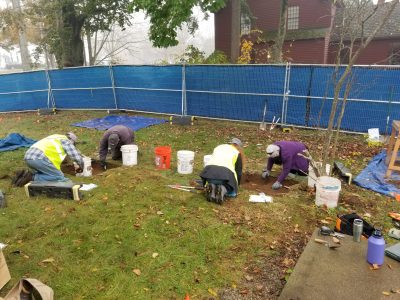
Excavations at the Prudence Crandall House Museum, Canterbury
In 2020 OSA and FOSA conducted a small excavation on the grounds of the Prudence Crandall House Museum in Canterbury, in support of renovations to the house and grounds. To learn more about the excavations and past archaeological work at the site, check out this article, 40 years of Archaeology at the Prudence Crandall Museum, published in the Bulletin of the Archaeological Society of Connecticut in 2022.
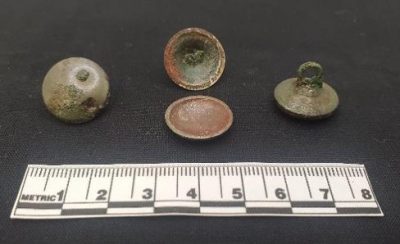
Skeletal Remains Discovered Beneath Ridgefield
In 2019, Revolutionary War-Era burials were discovered below of the cellar floor of a house in Ridgefield. The discovered burials are located in the area of the Revolutionary War Battle of Ridgefield (April 27, 1777). Analysis of the skeletal material and recovered artifacts is ongoing.
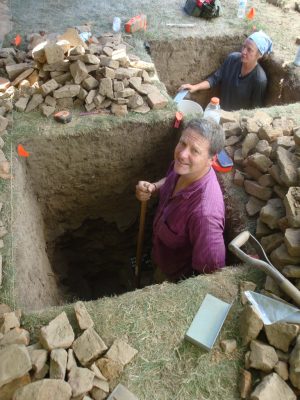
The Mason-Marshall Site, Windsor, CT
The Mason-Marshall Site is located in Windsor, Connecticut. This site was identified in 2015 as the home site of Captain John Mason. The lot was purchased in 1655 by Samuel Marshall whose family occupied it until the mid 18th century.
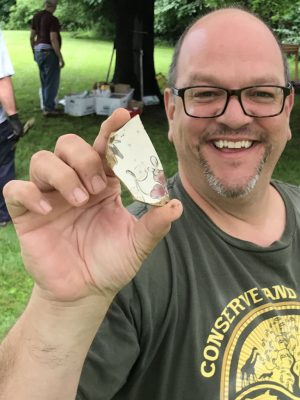
Stiles-Ellsworth Site, Windsor, Connecticut
The Stiles-Ellsworth Site is located in Windsor, Connecticut. This lot was first occupied by Windsor founder Francis Stiles in 1635 and was purchased by the Ellsworth family in 1665. Work was first conducted by UConn archaeologist Robert Gradie in 1990, and was followed up in 2017 by a ground-penetrating radar survey and excavation targeting a large buried cellar feature.
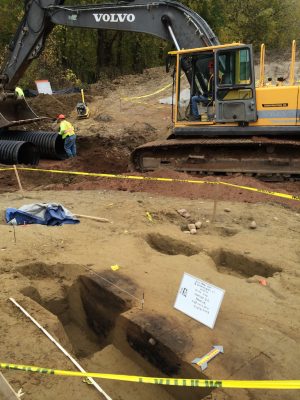
The Dug Road Site, Glastonbury, Connecticut
The Dug Road Site is an important Late Archaic habitation site that was exposed during construction in 2014. Emergency excavation revealed a number of large earth-oven features used for roasting food between 4200 and 4800 years ago. Artifacts from the site included quartz Narrow Stemmed projectile points typical of the period, as well as a large basalt adze probably used for boat building. A rectangular house floor was also identified on the edge of the site but was only partially excavated. It’s dimensions suggest use of a small longhouse style dwelling, rather than a round wigwam. The site is just one of a nearly continuous series of Archaic and Woodland period sites located on this well-preserved section of the floodplain in South Glastonbury.
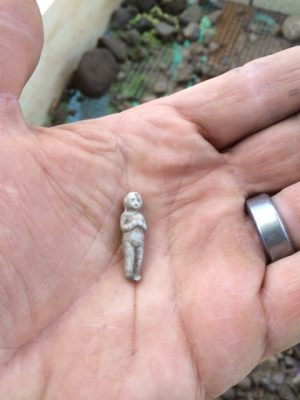
The David Humphreys House, Ansonia, Connecticut
The David Humphreys House is a National Register listed structure and home to the Derby Historical Society. The house was constructed in 1698 and is the birthplace of David Humphreys, aide-de-camp to George Washington during the American Revolution, and the young nation’s first ambassador. The archaeological work conducted here by volunteers uncovered evidence of a forgotten rear lean-to, as well as the remnants of daily life between ca. 1700 and the 20th century. Among the most interesting finds were children’s toys, including clay marbles, a tin soldier, pencil leads, and an inch-long mid-19th century porcelain doll known as a “frozen Charlotte.”
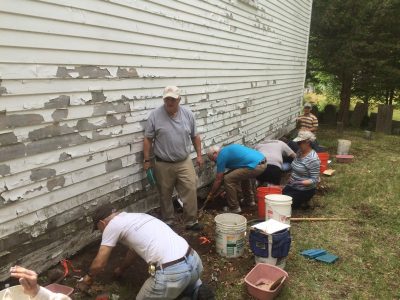
The Long Society Meeting House, Preston, Connecticut
The National Register listed Long Society Meeting House was constructed in 1726 and an adjacent cemetery was established. The meeting house was rebuilt in 1817-1819 based on the original 18th century style. The structure’s low sill line resulted in significant damage to the wood. Poor drainage necessitated the construction of a French drain along the north and east sills. The proximity of burials precluded use of heavy equipment, so the Office of State Archaeology was called in for advice. OSA excavated the area of the drain by hand with the help of FOSA volunteers in the Spring of 2015.